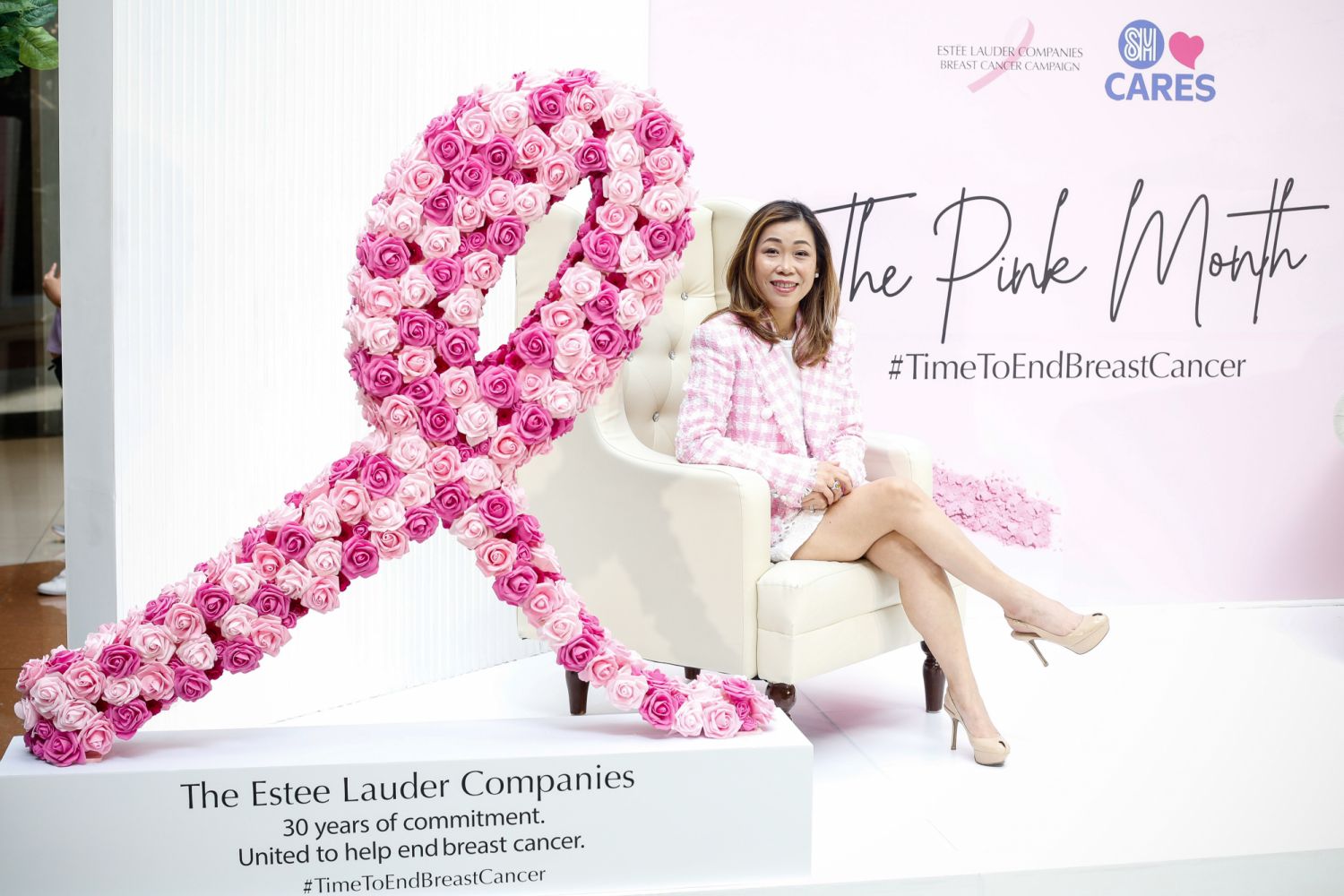Estée Lauder invites men and women to stand up to breast cancer by uniting voices from around the country
Did you know that 27 Filipinos die of breast cancer every day? And that breast cancer is in fact, the most common form of cancer among Filipinos? When these unnerving facts were first presented to me at Estée Lauder's Pink Month campaign, my first reaction manifested itself through a jolt of fear. Of course, it's scary. Cancer is a big word, and it's one that affects millions of lives worldwide. But knowledge is power and there's much that needs to be known about something as important as this.
Read more: 8 NGOs That Protect and Empower Women in the Philippines
Though breast cancer mostly affects women, men can develop it too. The cancer usually starts in the mammary glands or in the milk ducts within the breast. This is why it's important to do breast self-checks every month. Those who menstruate are usually recommended to do so a week after their cycle begins, while those who don't—or who are post-menopausal—should check on the same day of their choosing every month.
What to Know

According to the Department of Health (DOH), there are three kinds of risk factors associated with breast cancer: major, intermediate, and minor. Minor risk is associated with obesity and benign breast disease with mild to moderate atypia (abnormal cells in the breast). Intermediate risk is associated with hormonal factors; prolonged use of hormonal replacement therapy or estrogen replacement therapy should be something to consider. Intermediate risk also comes with poor diet and alcohol consumption. According to the DOH representative, Dr Clarito Cairo, there is no such thing as a "safe level" of alcohol when it comes to cancer risk.
A major risk is seen with age and sex—older women are more at risk than any other group. Genetic predisposition and previous history of breast cancer also heighten the possibility of developing it. The ICanServe Foundation, a breast cancer support network, reminds everyone that early detection is key for many types of cancer, especially breast cancer. By age 20, women must learn and complete breast self-exams monthly. By age 30, women are recommended to have an annual clinical breast exam done by a medical professional. By age 40, those at risk should complete a mammography every year along with monthly breast self-exams and annual breast exams.
Always be on the lookout for noticeable lumps on the breast or changes in the colour of skin surrounding the area. Depressions or indentations on the breast must be checked by a doctor, as well as blood or puss that comes out of the nipple. Swelling in any part of the breast (including lumps in underarms) and inverted nipples should raise a red flag to men and women alike.


